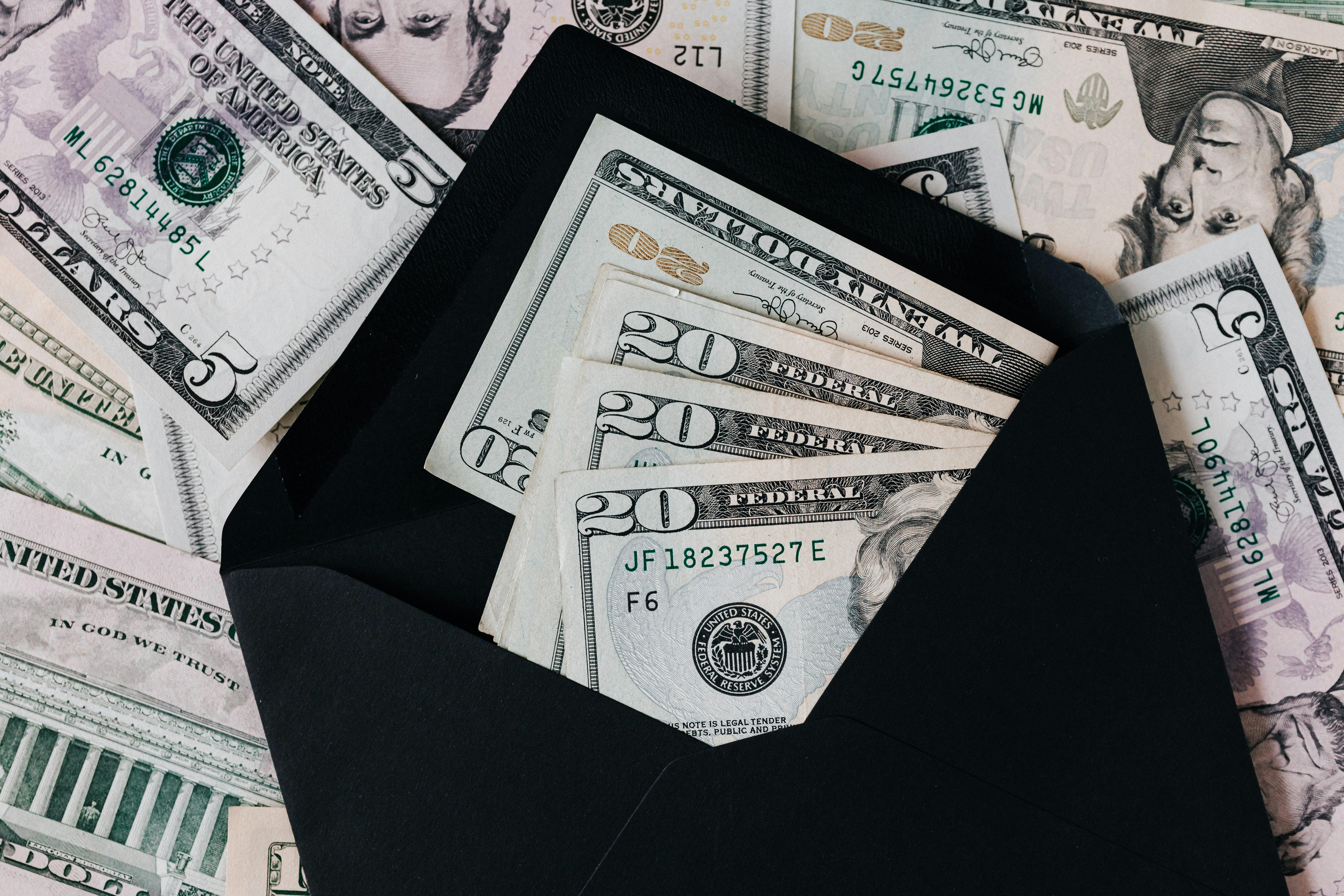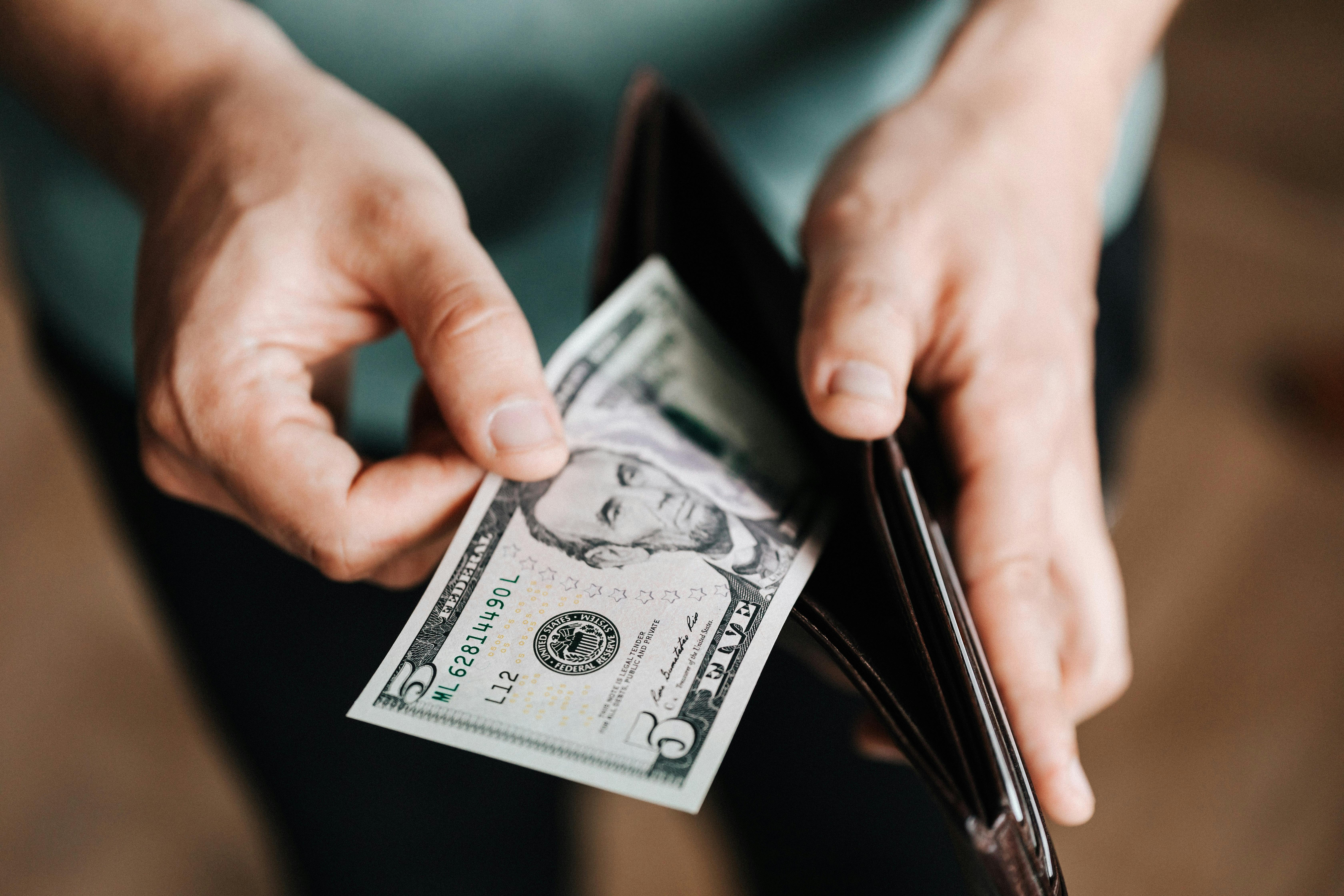Green Banking & Eco-Finance — How Modern Banks Use Sustainability to Shape Financial Behavior
Category: Banking

🔍 What Is Green Banking?
- Core Definition: Financial practices where banks promote eco-friendly behavior through incentives and product design.
- Core Goal: Guide customers toward sustainable choices while strengthening bank reputation and user engagement.
- Key Shift in 2025: Banks now link user benefits (interest, perks, credit scoring) with environmental impact indicators.
🌱 How Green Banking Is Framed to Users
- ✔ Marketed as “eco-conscious financial responsibility.”
- ✔ Integrated into mobile banking dashboards with sustainability badges.
- ✔ Includes subtle prompts like “earn green points” or “track your carbon impact.”
- ✔ Encourages digital over paper-based statements to reduce carbon footprint.
🏦 Example Actions Banks Promote Under Green Finance
- 🌿 Switching to digital-only documentation and statements.
- 🚗 Offering better loan rates for electric or hybrid vehicles.
- 🏡 Providing incentives for “green home improvements” (solar, insulation, energy-efficient appliances).
- 📊 Giving users dashboards showing “carbon influence per transaction.”
- 💳 Launching eco-designed debit/credit cards (often from recycled PVC materials).
While these actions appear to support sustainability, banks also use them to increase digital adoption, track behavior patterns, and position themselves as modern financial authorities — a positioning that influences user loyalty and long-term retention.
💡 Why Banks Are Actively Pushing Green Finance
1️⃣ Reputation & Brand Positioning
- ✔ Banks gain public trust faster when associated with sustainability.
- ✔ It positions them as “future-forward institutions,” attracting younger, digital-native account holders.
- ✔ Green labeling improves ranking in ESG (Environmental, Social, Governance) financial indexes.
2️⃣ User Loyalty Through Emotional Branding
- ✔ Green banking isn't just about savings — it taps into a personal identity trigger.
- ✔ Users who see themselves as “responsible” are more likely to stick with that bank long-term.
- ✔ Emotional engagement = higher adoption of premium financial products later (investments, loans, automation tools).
3️⃣ Behavioral Tracking with a Positive Mask
- ✔ Under the banner of “eco scoring,” many apps track how users spend and where.
- ✔ Transaction data is categorized not only by financial type, but now also by impact type (transport, travel, consumption).
- ✔ This allows banks to identify “high-engagement users” who are most likely to opt into upsell products.
4️⃣ Green Loans and Savings — A New Profit Channel
- ✔ Banks introduce specialized “Green Loans” that appear ethical but carry controlled interest models.
- ✔ Some banks even launch Green High-Yield Accounts where savers earn bonuses for reaching certain eco-linked deposit milestones.
- ✔ These account structures indirectly push users to maintain higher balances — strengthening bank liquidity ratios.
That last point ties directly to efficient cash placement strategies. Users who maintain consistent sustainable savings patterns are more likely to explore High-Yield Savings Accounts and even move to automated allocation models — exactly the kind of behavior that modern banks aim to encourage.
🧠 How Green Banking Subtly Influences Saving Behavior
Green Banking doesn't just offer financial products — it shifts how users feel about money. Instead of saving purely for security or return, users begin saving to "contribute" to something. This emotional shift makes people more consistent in their savings habits without realizing it.
💚 Psychological Triggers Used in Green Banking
- ✔ Identity Attachment: Users want to feel like “conscious savers,” which subconsciously motivates them to maintain higher balances.
- ✔ Sustainability Badging: Some apps display “You reduced X lbs of carbon impact" — keeping users emotionally tied to saving more.
- ✔ Rewarded Discipline: The more consistent your deposits, the more green achievements unlock — a gamified approach to savings retention.
- ✔ Visual Spending Feedback: Transactions marked as “eco-positive” vs “eco-negative” influence spending guilt and redirection toward preferred categories.

📌 Result — Emotional Consistency Leads to Higher Savings Retention
- ✔ Users check their accounts more often — increasing account engagement rates.
- ✔ Higher likelihood of keeping money in the account instead of withdrawing quickly.
- ✔ Banks detect lower churn and reward users, creating a feedback loop of loyalty.
This emotional linkage is exactly what traditional high-yield accounts lack — which is why we previously recommended combining a High-Yield Savings System with purposeful allocation logic, instead of random deposits.
⚙️ How to Use Green Banking Smartly — Benefit Without Falling Into Behavioral Traps
Green Banking can be powerful if used consciously — but it can also turn into a behavioral funnel that pushes users toward spending or upgrading accounts unnecessarily. To make it work in your favor, follow a structured usage approach:
✅ Smart Usage Strategies
- ✔ Use Green Badges as Tracking, Not Competition: Let it motivate your savings rhythm, but avoid chasing “unlock levels” that lead to over-saving inside low-yield eco accounts.
- ✔ Redirect Emotional Savings to High-Yield Accounts: Once you build a green savings streak, transfer the surplus into a High-Yield Savings Account with better APY.
- ✔ Avoid Upsell-Based Features: If the app suggests credit or insurance linked to “eco rewards,” evaluate rates like you would with any commercial product.
- ✔ Track Carbon Metrics Independently: Don’t rely solely on the bank’s impact score — consider external apps if sustainability is genuinely part of your lifestyle.
⚠️ What to Avoid
- ⚠️ Treating Eco-Savings as a Main Reserve — Most eco-labeled savings accounts still pay lower APY than specialized high-yield products.
- ⚠️ Reacting to “Green Bonus Deposit Prompts” — Some apps ask you to deposit extra to reach a sustainability badge goal (beautiful UI but financially inefficient).
- ⚠️ Confusing Green Status With Financial Progress — Sustainability points do not equal financial security; always separate ethical satisfaction from financial return.
A smart saver uses green finance features as a behavioral motivator, but still routes serious savings into optimized structures like Emergency Fund HYSAs and later into Automated Financial Flow Systems — which we cover in the Finance Automation series next.
🔗 Connecting Green Banking to a Complete Financial System
Green banking offers a modern emotional entry point into better savings discipline. But discipline alone doesn’t create financial growth — structure does. To turn eco-finance awareness into actual financial power, you need to link it with a layered banking and savings system:
- ✅ Daily Operations → Managed through mobile banking apps (with awareness of nudges and data tracking).
- ✅ Reserve Building → Surplus is moved into High-Yield Savings Accounts for better APY and financial clarity.
- ✅ Emergency Readiness → Reserve is structured into a clearly defined Emergency Fund Allocation with protected liquidity.
- ✅ Automation Layer → Transfers and allocations are later automated with systems we cover in Personal Finance Automation — Build a Self-Managing Budget Flow.
Green Banking is not the destination — it is a behavioral ignition point. Once activated, it should lead users into optimized structures, not keep them trapped inside eco-themed low-yield accounts. Banks profit most when users feel good but act passively. Financially aware users feel good — and act strategically.
🎯 What to Read Next — Continue the Banking to Finance Mesh
To convert your savings awareness into actual financial architecture, move into the next guides below — each one designed to stack on top of your new Green Finance knowledge:
📌 Next in the Banking Series:
💡 Connect to Finance Architecture:
Awareness is good — Structure is powerful. Build the system. Let the bank follow your rules, not the other way around.
